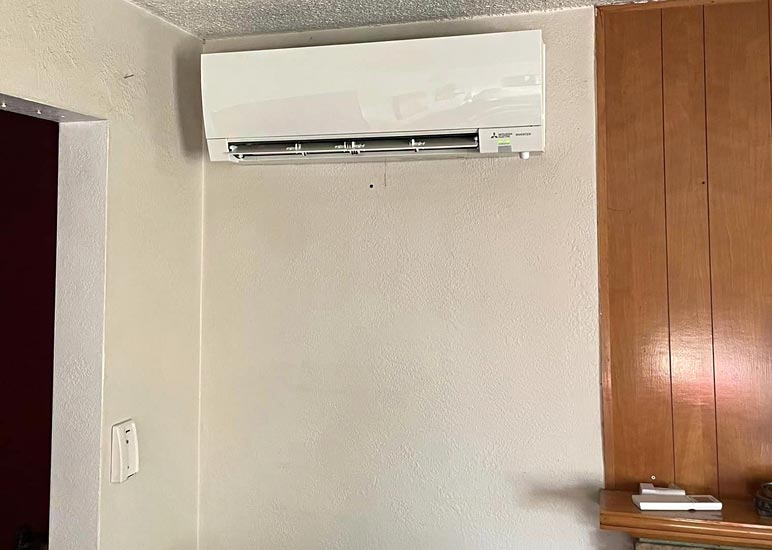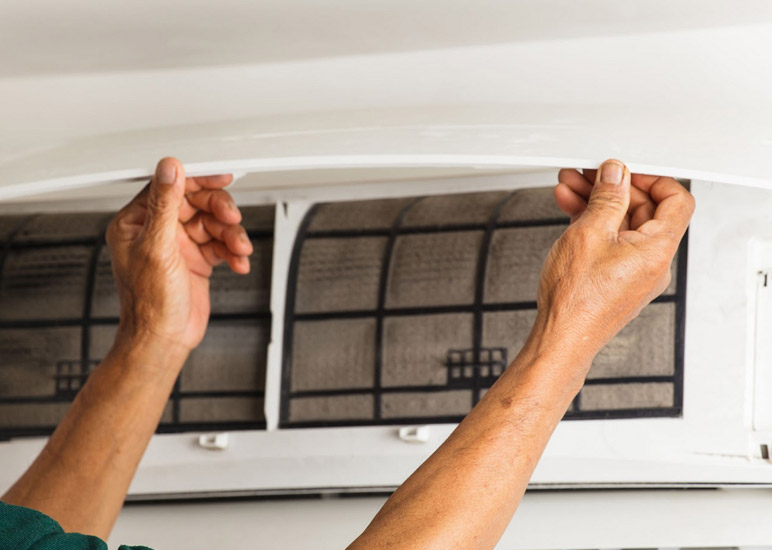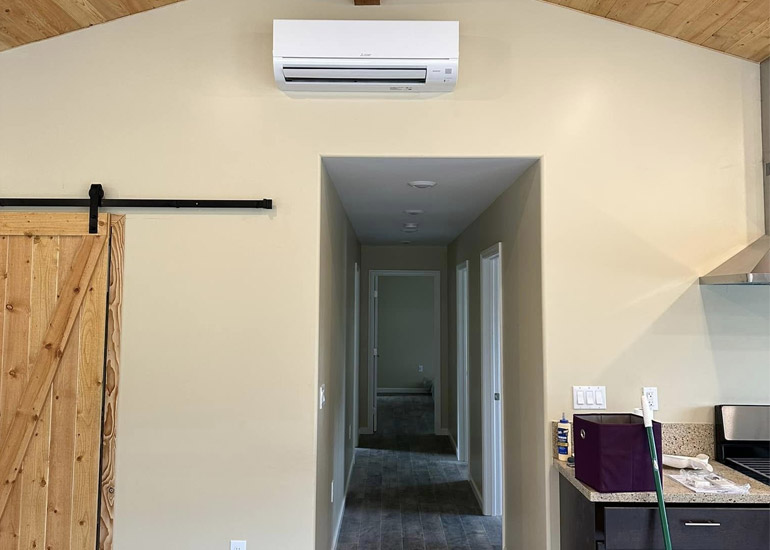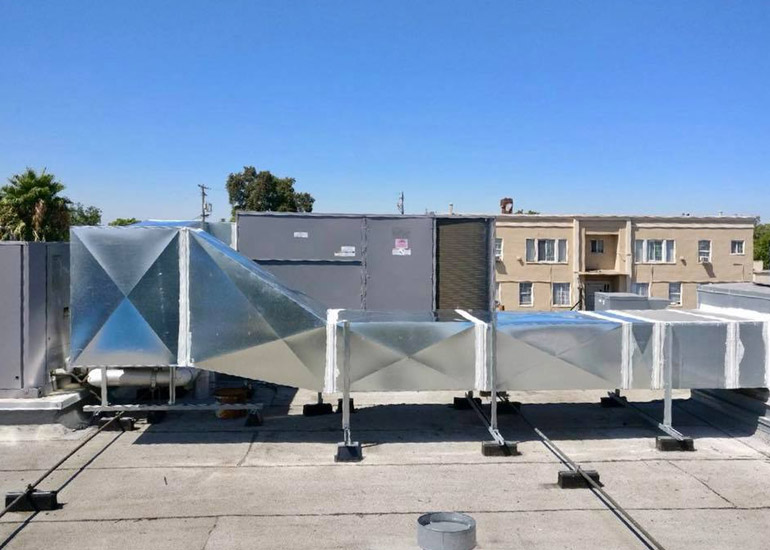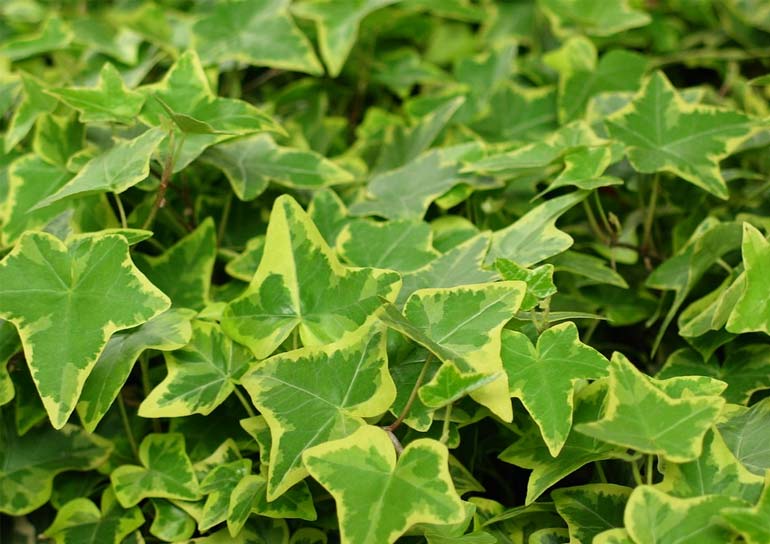 According to a study by NASA, yes, indoor plants can improve your air quality. Certain plants can filter out the most common household toxins, making your home’s air fresher and healthier. If you’re already tired of the stuffy feeling in your home this winter, it might be time to invest in a little green purifier. Let’s find out which is best for you.
According to a study by NASA, yes, indoor plants can improve your air quality. Certain plants can filter out the most common household toxins, making your home’s air fresher and healthier. If you’re already tired of the stuffy feeling in your home this winter, it might be time to invest in a little green purifier. Let’s find out which is best for you.
The Household Toxins
All plants recycle carbon dioxide and produce oxygen, which is great for promoting our air quality. A few plants take it a step further and reduce specific toxins that NASA looked for. These toxins include:
- Ammonia: Some of your best cleaners, especially glass cleaners, have ammonia. While useful, ammonia can irritate your eyes, skin, and mucous membranes.
- Benzene: Another cleaning agent, you might expose yourself to benzene in your laundry detergent. Or in car fumes, wood smoke, paints, or plastics. It’s a carcinogen that may increase your cancer risk, or just irritate your eyes and skin.
- Formaldehyde: This chemical is used to make many things. In your home, it’s most common in fabrics, flooring, paper and insulation. While safe to ingest in small amounts, breathing it in over the long-term causes headaches and breathing problems.
- Trichloroethylene: This chemical was once considered very useful, but it has now been banned across most of the world for most uses because it may cause cancer. Still, many former manufacturing plants are tainted with it, in the air or the water, and these places may be nearby your home.
- Xylene: This gas is used in solvents and sometimes released by natural gas in small quantities. Inhaling it can cause headaches, dizziness, weakness and vomiting. It also irritates skin.
The Purifying Plants
The NASA study tested many plants, and most were effective at removing one or two of the toxins. Still, some stood out as purifying powerhouses that dealt with multiple toxins at once. Those are the plants you’ll want to invest in if you’re worried about more than one of these toxins.
- English Ivy: This evergreen plant needs a bit of space and something to climb (or a basket to dangle from), but making room for it is worthwhile, as is reduces every toxin NASA tested for except ammonia. It also reduces carbon monoxide and some allergens. English ivy beautiful and low maintenance, but, sadly, the leaves are poisonous, as you might expect from a plant that absorbs so much bad stuff. Thus, it must be kept out of reach of children and pets.
- Bamboo Palm: The bamboo palm is a smart non-toxic option for those with toddlers or adventurous cats. It reduces everything NASA tested except xylene. This plant is already widely used in interior décor, so it should be available in your area.
- Red-Eyed Dracaena: This plant is the most useful out of the handful of dracaena species NASA tested, as it reduces all toxins but ammonia. Like it’s cousins, the red-eyed is toxic, but it is also beautiful, with vivid red leaves.
- Florist’s Chrysanthemum: Toxic but powerful, this little yellow flower reduces all of the toxins except ammonia. Plus, if you enjoy this plant, it is best to grow it indoors, as it is eaten by many pests.
As most of these plants are tropical, they should do well in indoor light conditions. For their health, you need to dust them occasionally and water them when their soil is dry. Plus, the larger and healthier your plants, the more toxins they will be able to remove from your air.
If you need an air purifier installation, get in touch with our highly skilled team in Oakdale and in Manteca area.

